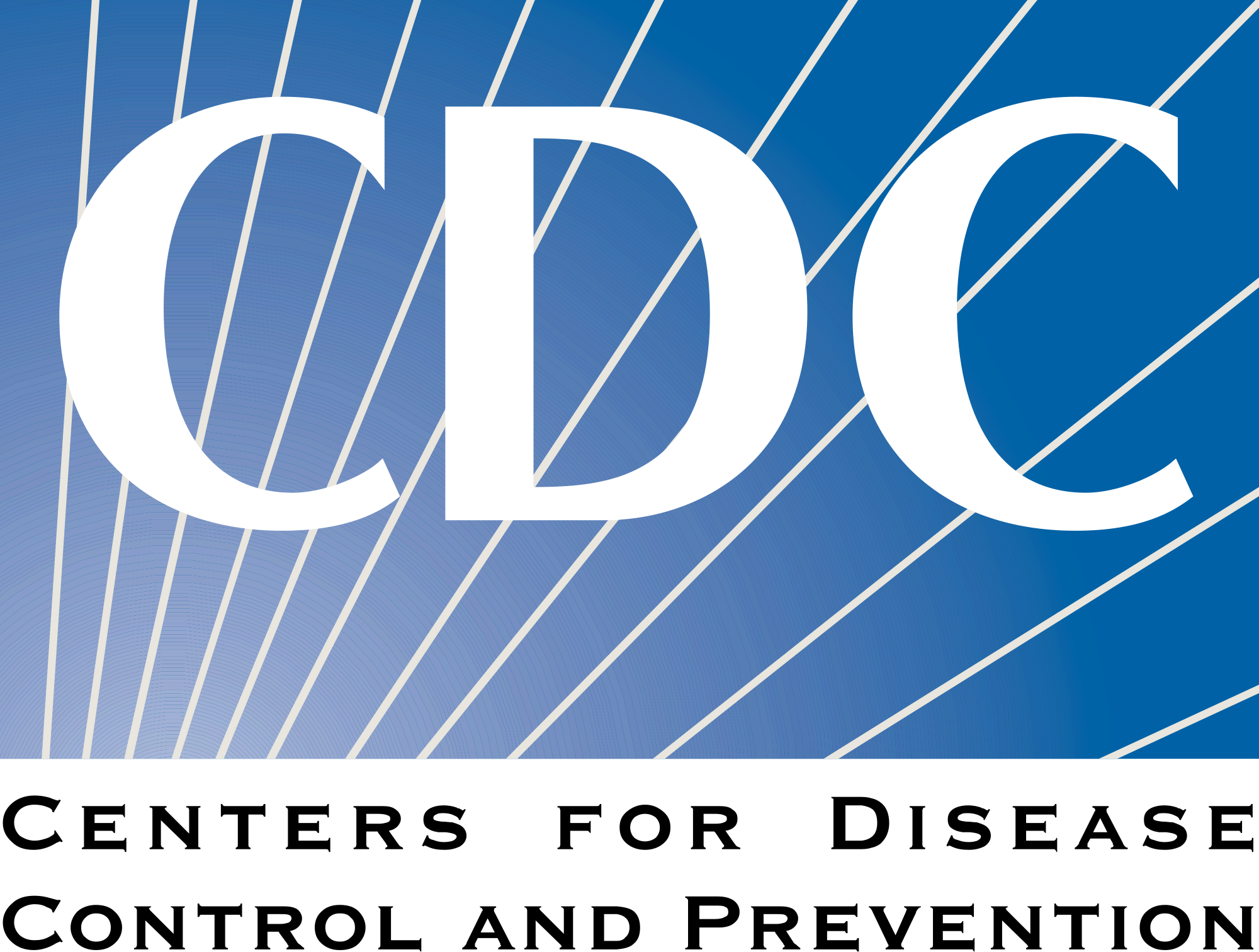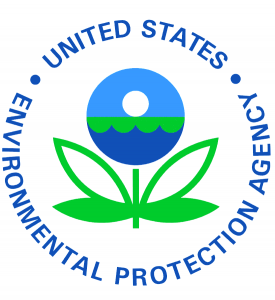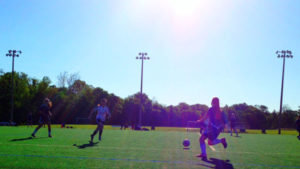Former CDC toxicologist unsurprised by alleged link between artificial turf, cancer
In 2007, when Dr. David R. Brown authored a report on the health hazards of tire crumbs in artificial-turf fields, a worst-case scenario crossed his mind.
Cancer.
That 2007 study, written for Environment and Human Health Inc. (EHHI), chillingly concludes: “EHHI cautions that both of these exposure assumption approaches could underestimate the actual exposures that would occur by orders of magnitude. Even using these assumptions, human health effects were projected for acute and cancer effects of certain of the identified compounds.”
So Brown wasn’t surprised when he read the recent NBC News report alleging links between artificial grass surfaces and cancer.
“I don’t try to scare the hell out of everybody,” he said in an interview with SoccerWire. “But it’s necessary for a sober, factual look at what’s going on.”
Facts, however, have been hard to come by.
At the time Brown wrote the 2007 report, few studies had been conducted on the shredded tire crumbs used in most artificial grass fields, and even fewer addressed the known carcinogens commonly found in the crumbs.
Most concluded that artificial-turf fields using crumb rubber are completely safe for use.
Brown throws cold water on these conclusions.
“The primary weaknesses in the existing literature is that they did not identify the compounds that were present,” Brown said. “[The existing studies] reached several conclusions that I thought were not supported by the literature.
“[The existing studies] assumed that all the products are exactly the same,” he continued. “When actually, depending on what the rubber was designed for in its original form, it had differing amounts of various chemicals, particularly some carcinogenic chemicals that had been put into the crumb rubber.
“We know that about a third of the tires [shredded for crumbs] have high levels of oils that are called poly[cyclic] aromatic oils, that are in them.”
+ READ: Does artificial turf cause cancer? NBC News’ alarming report
Worst of all, Brown explained, while most researchers and industry experts acknowledge the presence of known carcinogens in rubber tire crumbs, no long-term studies have been conducted on these carcinogens and the effects of sustained and consistent exposure to them.

Brown, who is the Public Health Toxicologist and Director of Public Health Toxicology for EHHI and who previously worked for the Centers for Disease Control and Prevention (CDC), believes that most of the major studies have downplayed the possible pathways for human exposure to the carcinogens in rubber tire crumbs.
“I thought there was a really strong dermal pathway, where [users] would get it on their hands, and then wipe or put their hands in their mouths,” he said. “There’s also a strong air pathway that’s there.”
Users come into frequent contact with the tire crumbs, whether from dives, tackles or kicks. These crumbs can cover multiple surfaces, including skin, hair and shoes.
Sustained exposure to crumb rubber could have serious long-term health consequences, NBC News’ report suggested, and children may be at greatest risk.
+READ: TurfGate Reader: Women’s World Cup players take 2015 pitch fight to human rights tribunal
In a 2005 paper assessing susceptibility to cancer from early-life exposure to carcinogens, the Environmental Protection Agency found several reasons why children are more susceptible to certain kinds of cancers. These include more frequent cell division, certain cells’ lack of key DNA repair enzymes, an immune system that’s not fully developed, and hormonal systems that operate at different levels at different life stages.

“The nature of cancer – what happens physiologically – is that the cell nucleus is changed a bit when the carcinogen gets in there,” Brown explained.” But then it can repair itself if it doesn’t divide.”
“If the cell is there and the nucleus is changed, the nucleus can repair itself, but it takes about three or four days for that to happen in an adult. It takes about four or five hours for it to happen in a child because they’re growing so much faster.”
Brown supports a more cautious approach to the use of fields utilizing crumb rubber.
+ READ: Hummer: How long until someone dies of heatstroke on a synthetic turf field?
“There isn’t enough content there to answer [the cancer question],” he said. “[Artificial-turf advocates] are deluding themselves.”
When asked what advice he would give parents thinking of letting their children play on turf fields, Brown was adamant.
“My basic advice is, don’t do it,” he replied. “I think they would have to understand that there is a level of risk that the child is incurring.”
And what if there are no other alternatives to artificial -turf fields?
 “If we feel the need to use [turf fields], I’d require that everyone shower and that they use only shoes that they would use on that field and that they not wear the same clothes in and around afterwards, because you want to reduce the chance that [tire crumbs] would be ingested.”
“If we feel the need to use [turf fields], I’d require that everyone shower and that they use only shoes that they would use on that field and that they not wear the same clothes in and around afterwards, because you want to reduce the chance that [tire crumbs] would be ingested.”
In the absence of conclusive long-term studies on the known carcinogens found in some artificial turf fields, Brown believes it’s better to be safe than sorry.
“If I had to make recommendations, I would never have a soccer goalie practice on the turf fields,” he said. “Play on it, but not practice on it. The very young children, I’d get them off those fields.”











